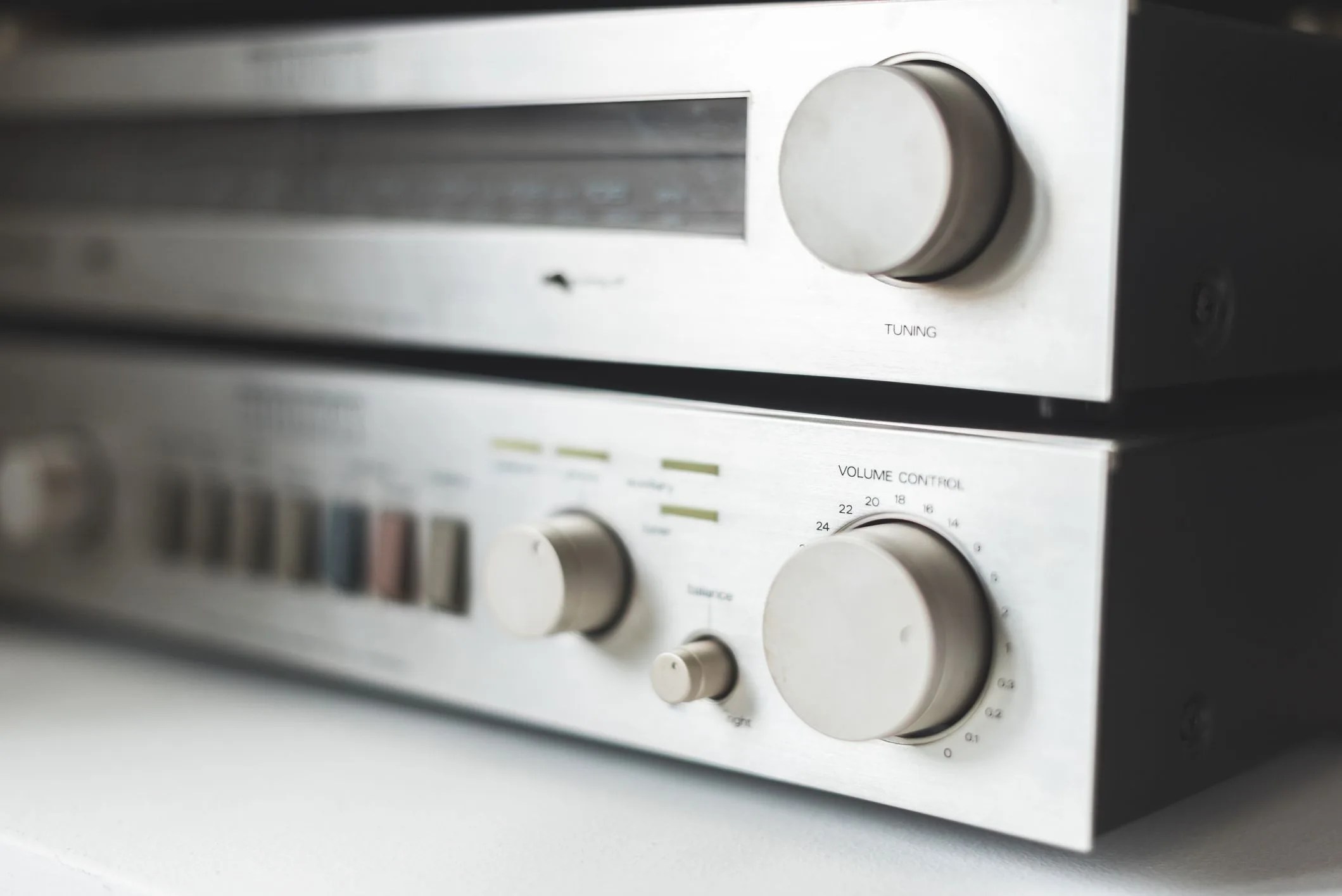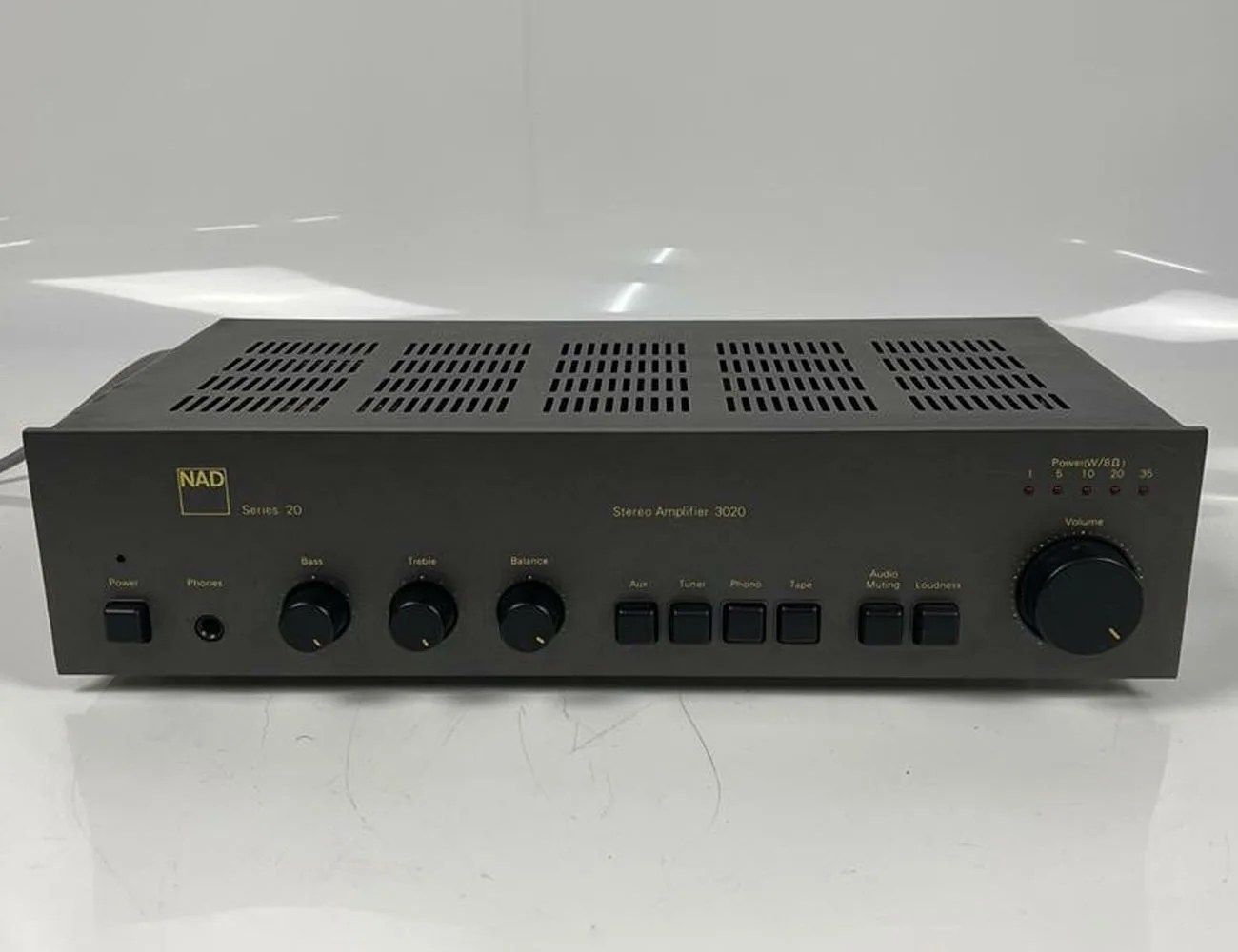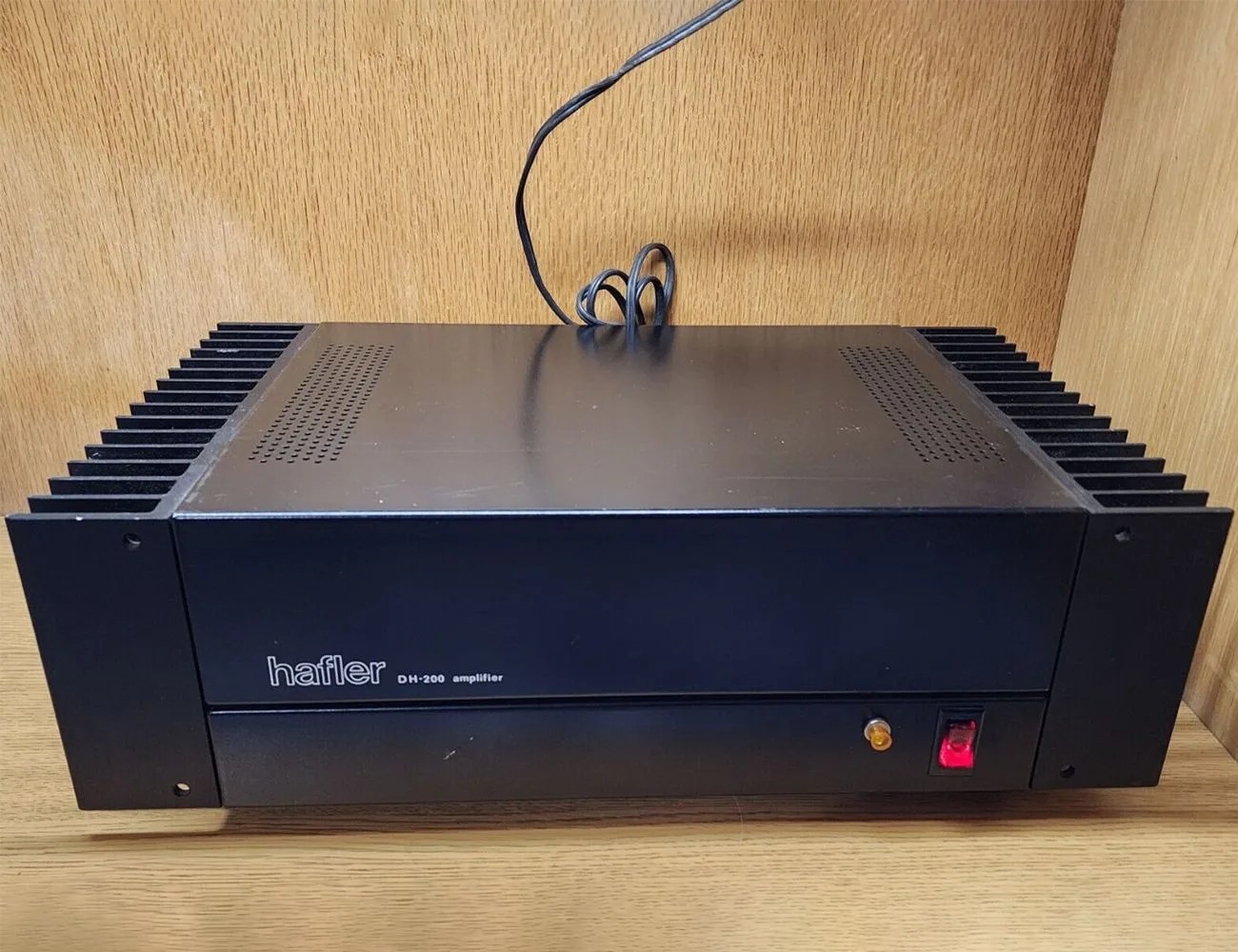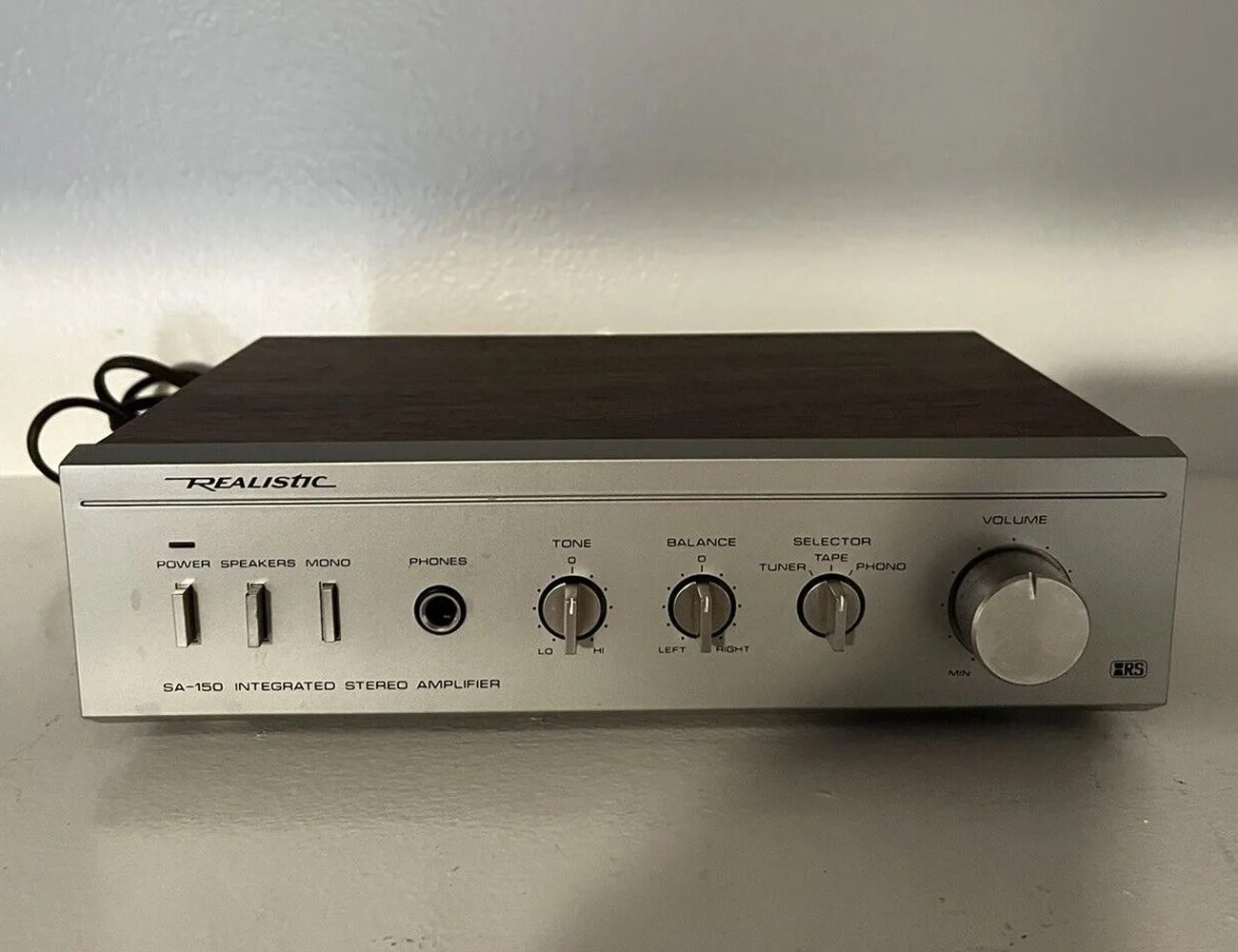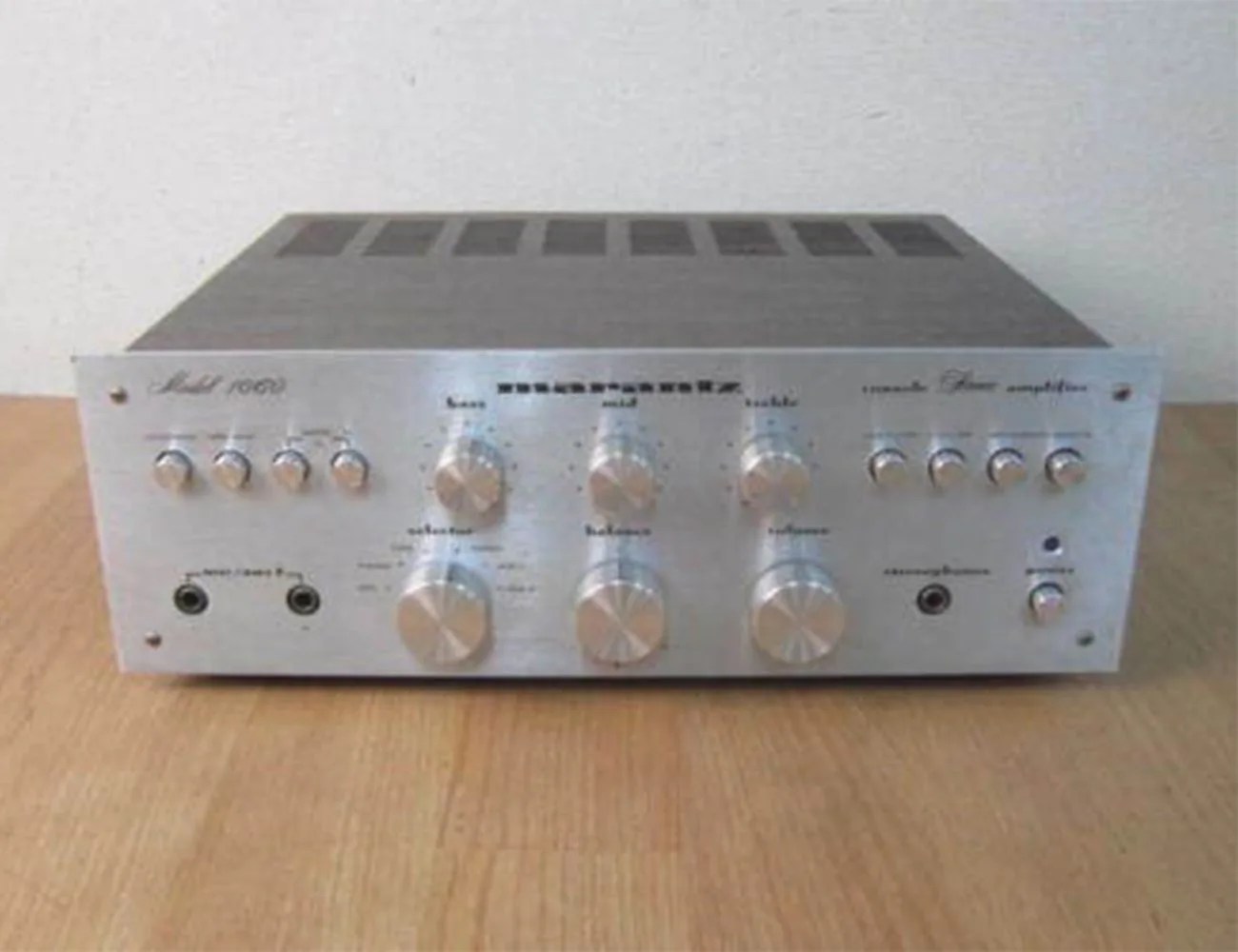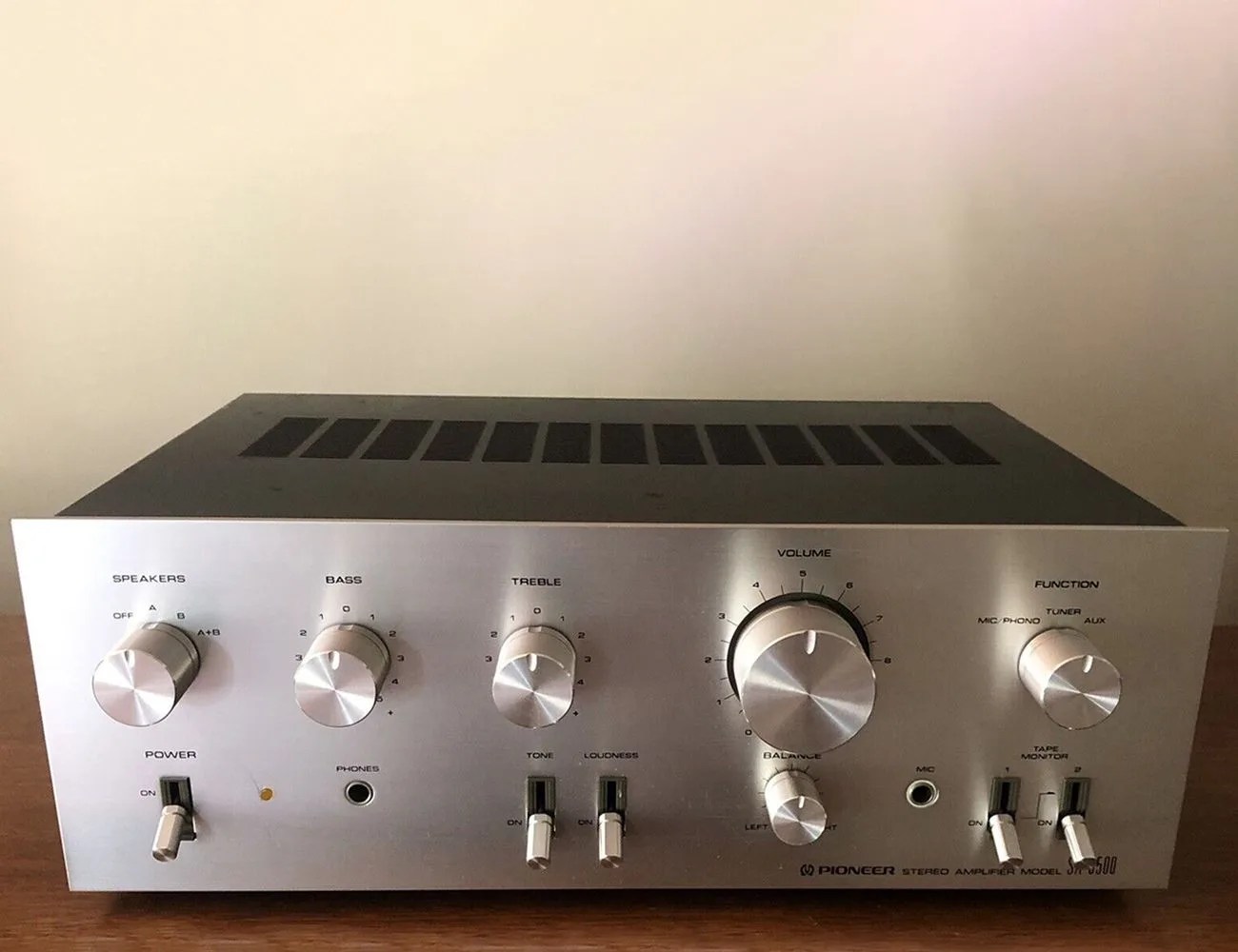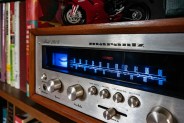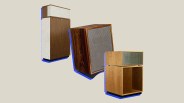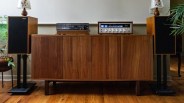If you’re building a vintage hi-fi system, you need a vintage amplifier as well. It’s a component that has admittedly gone out of style with modern hi-fi systems — due in large part because a lot of other components have built-in amplifiers, such stereo receivers, active speakers and digital music streamers — but it was a fixture in most traditional home systems.
The job of these old-school amps was, of course, to drive your loudspeakers. Many of them had controls (for things like volume, treble, bass and balance) to better tune your loudspeakers and your preferences.
The reason you’d buy a traditional amplifier — also known as a power amp — rather than with a built-in radio (known as a receiver) or a built-in phono preamp (known as an integrated amplifier) is that there was less room for vibration or distortion; plus you had more freedom to tinker and upgrade individual components to your system.
Why Buy a Vintage Amplifier?
The main reason to buy a vintage amplifier is very similar to the reason why you’d buy a vintage turntable: the aesthetic and the nostalgia. They don’t make audio components like they used to, in terms of their look and feel, and quite of few prominent audio companies of the ’70s, ’80s and ’90s — like Sansui, Realistic and Quadraflex — aren’t around anymore.
Thanks to a thriving marketplace of third-party sellers — like eBay, Amazon, Sweetwater or Craigslist — it’s not super difficult to buy a vintage amplifier. And you can probably buy one for way less than you’d spend on a similar modern hi-fi component.
The thing to watch out for, however, is that many of these older components aren’t in working order — in fact, a lot of them are just sold for parts — so you really have to know what you’re buying and the likely project that is going to come with it. (We suggest consulting your local hi-fi shop before purchasing anything to see how difficult it will likely be to refurbish.)
